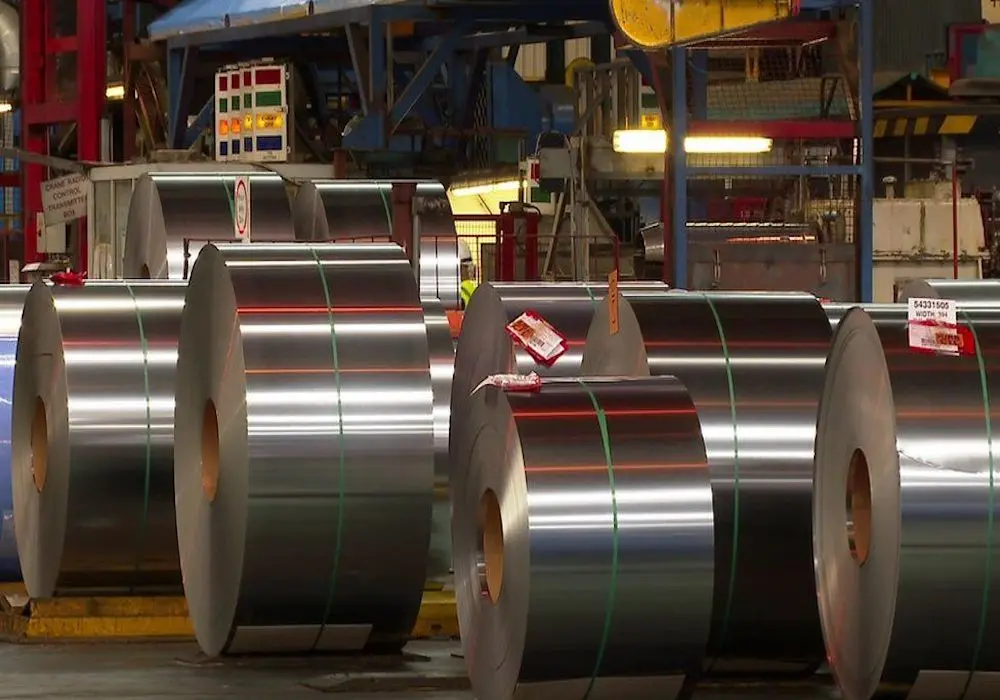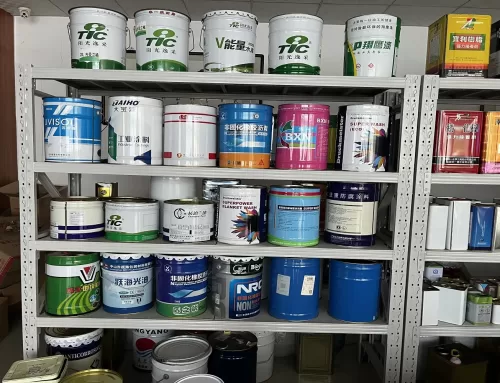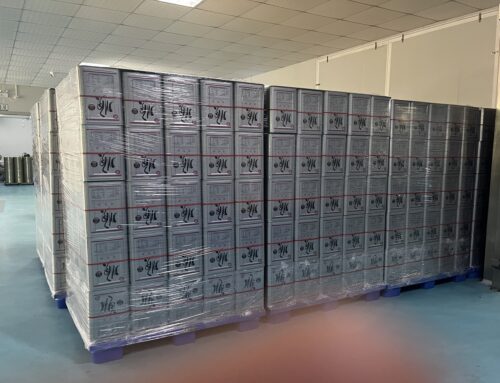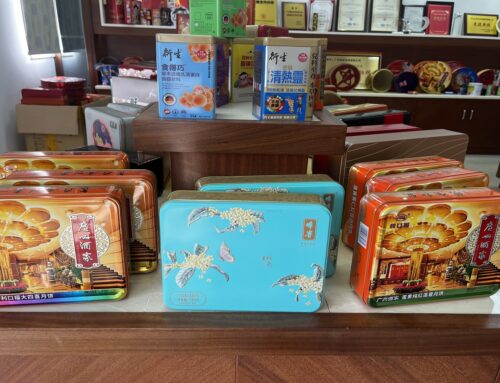Welding is essential for the three-piece can body and various types of drums, and therefore, the quality of the weld seam is critical. It is required to adjust the welding parameters reasonably to obtain smooth and evenly spaced weld seams, prevent concentrated corrosion, and even can leakage. The substrate of tinplate is mostly low-carbon aluminum-killed steel, which has good welding performance. As the can-making speed increases, stable welding performance is required. Tinplate must ensure the relevant properties, mainly in the following aspects:
- The steel is pure, with small thickness and size deviations, and uniform hardness.
- The surface is clean, free of dust and debris.
- The surface roughness is appropriate.
- The lower the tin coating, the better the welding performance. When the tin coating is low, control the tin-iron alloy layer and ensure a certain amount of pure tin layer.
- For tinplate with IF steel as the substrate, attention should be paid to controlling the welding parameters.

Welding tinplate requires consistent and high-quality welds, but achieving this can be challenging due to various factors such as the composition, thickness, speed, temperature, and environment. Proper handling of equipment, welder training, and adequate supervision are critical to improving welding quality.




